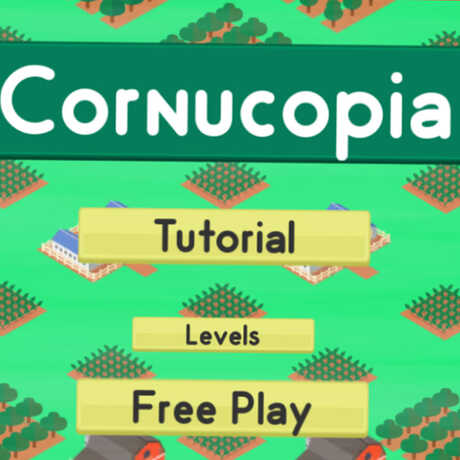Project Wet
Project WET (Water Education for Teachers) is an award-winning, nonprofit water education program and publisher. The program facilitates and promotes awareness, appreciation, knowledge, and stewardship of water resources through the dissemination of classroom-ready teaching aids and the establishment of internationally sponsored Project WET programs.
Pacific Institute
The Pacific Institute, a global water think tank, carries out independent research and outreach to improve how threats to sustainability are perceived and solved, and is a reputable resource for those looking for data surrounding California's water resources.
Our Water Curriculum
Developed by the San Francisco Public Utilities Commission, these activities for grades 4-6 also include handy fact sheets on drought, desalination, recycled water, and more!

